Home / Technology
8 fascinating facts about Nvidia that will surprise you
Whether you believe it or not, Nvidia’s billion-dollar idea was at Denny’s restaurant in San Jose
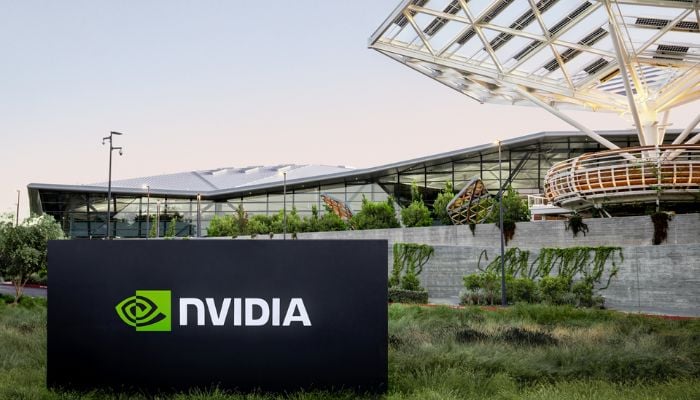
When it comes to the tech world, few companies have transformed industries as dramatically as Nvidia.
Founded in 1993, the company started out as a small gaming-focused startup and has now grown into a trillion-dollar powerhouse powering everything from artificial intelligence (AI) to self-driving cars.
At the heart of Nvidia is Jensen Huang, company's charismatic co-founder and CEO, known for his trademark black leather jacket and captivating stage presence.
While most people know Nvidia for its powerful GPUs and AI dominance, the company has a backstory filled with surprising twists.
Here are eight fascinating facts about Nvidia you probably didn’t know before.
1. Born over coffee at Denny’s restaurant
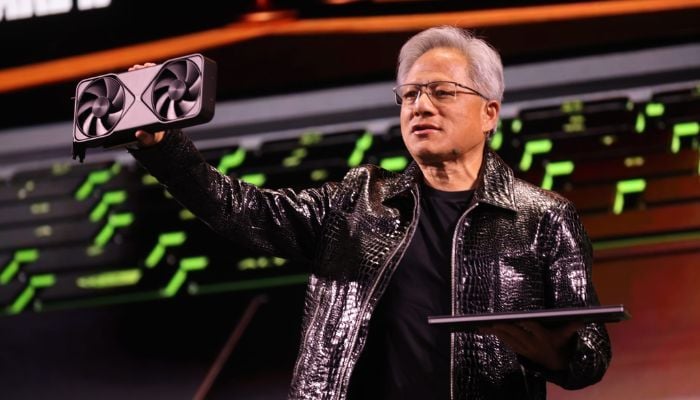
Whether you believe it or not, Nvidia’s billion-dollar idea was born in a diner. In 1993, Huang, Chris Malachowsky, and Curtis Priem met at a Denny’s restaurant in San Jose to brainstorm their vision for the future of graphics.
Fueled by their passion for gaming, the trio imagined a future where powerful graphics processors could bring immersive visuals to everyday computers, and Nvidia was born.
2. The meaning behind the name
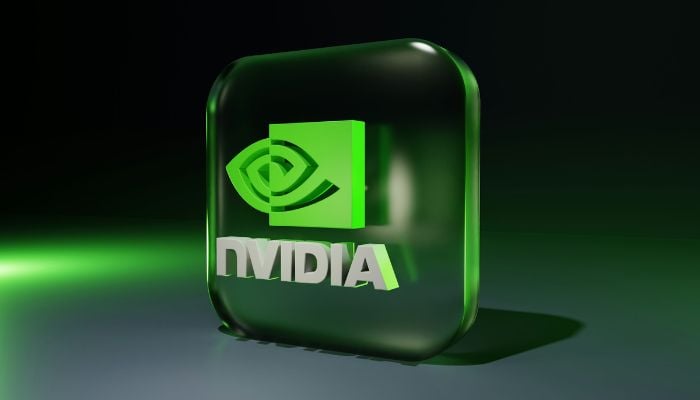
The name “Nvidia” is a clever play on words. It stems from the Latin word invidia, meaning “envy,” combined with “idea.”
The symbolism was clear as the founders wanted their products to be so advanced that they would spark envy across the industry.
3. Almost went bankrupt once
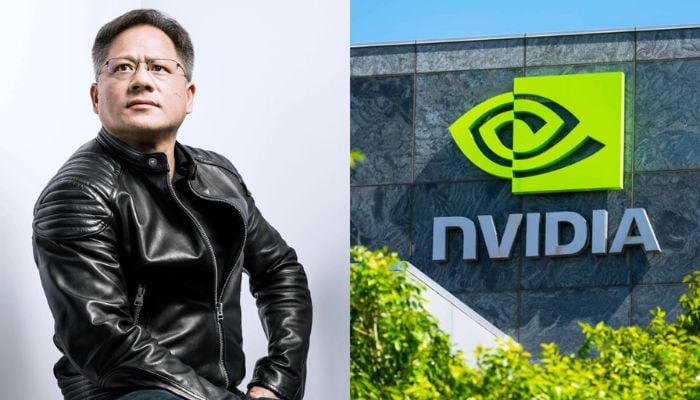
Nvidia’s success was not immediate. In 1995, the company launched its first graphics chip, the NV1, which turned out to be a commercial disaster.
The failure cost the company $10 million and forced layoffs of nearly half of its 80 employees.
While many thought Nvidia would never recover, two years later, the RIVA 128 changed everything.
It became a runaway hit, selling over a million units in just four months and putting Nvidia firmly on the map.
4. Coined the term “GPU”
Before 1999, video cards existed, but none carried the name “GPU.” However, that changed with the launch of the GeForce 256, which Nvidia marketed as the world’s first Graphics Processing Unit (GPU).
5. Jensen Huang’s three rules for hiring
Nvidia’s CEO is known for having a unique philosophy when it comes to building teams. He says there are three qualities he looks for in new hires:
- The ability to fall in love with something and pursue it with passion.
- A willingness to take risks, make mistakes, and bounce back stronger.
- The ability to see the world with childlike curiosity, which fuels creativity and innovation.
6. Recognised as a top corporate citizen

In 2016, Nvidia was named to the Forbes “Just 100” list of America’s best corporate citizens.
The ranking measured companies across metrics like employee treatment, community impact, environmental responsibility, and ethical leadership.
7. Nvidia hit a trillion-dollar milestone
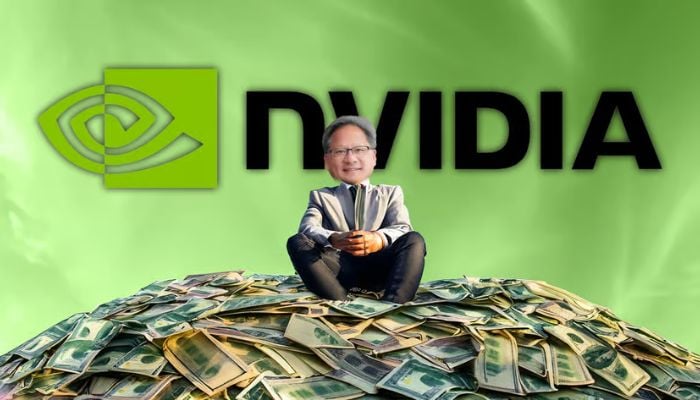
In 2023, Nvidia’s market capitalisation crossed $1.2 trillion, making it the first semiconductor company in history to join the trillion-dollar club.
Just a year later, its valuation more than doubled, reflecting its critical role in powering AI systems and cloud data centres.
8. The failed acquisition didn’t stop its rise
In 2020, Nvidia announced plans to acquire chip designer Arm Limited for $40 billion, a move that could have reshaped the semiconductor industry.
However, regulatory concerns and industry pushback killed the deal in 2022. Many viewed this as a setback, but Nvidia hardly slowed down.
Instead, the company doubled down on AI, GPUs, and supercomputing, solidifying its position as a market leader without the merger.














